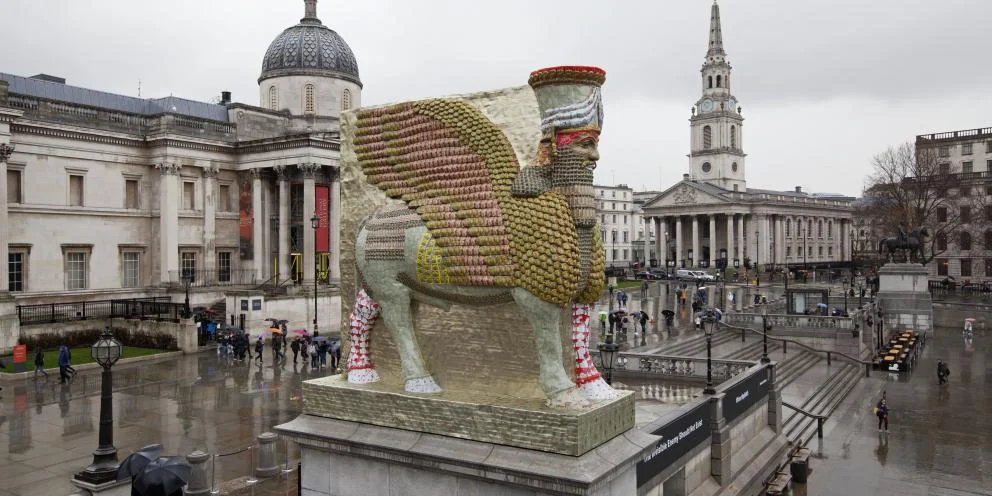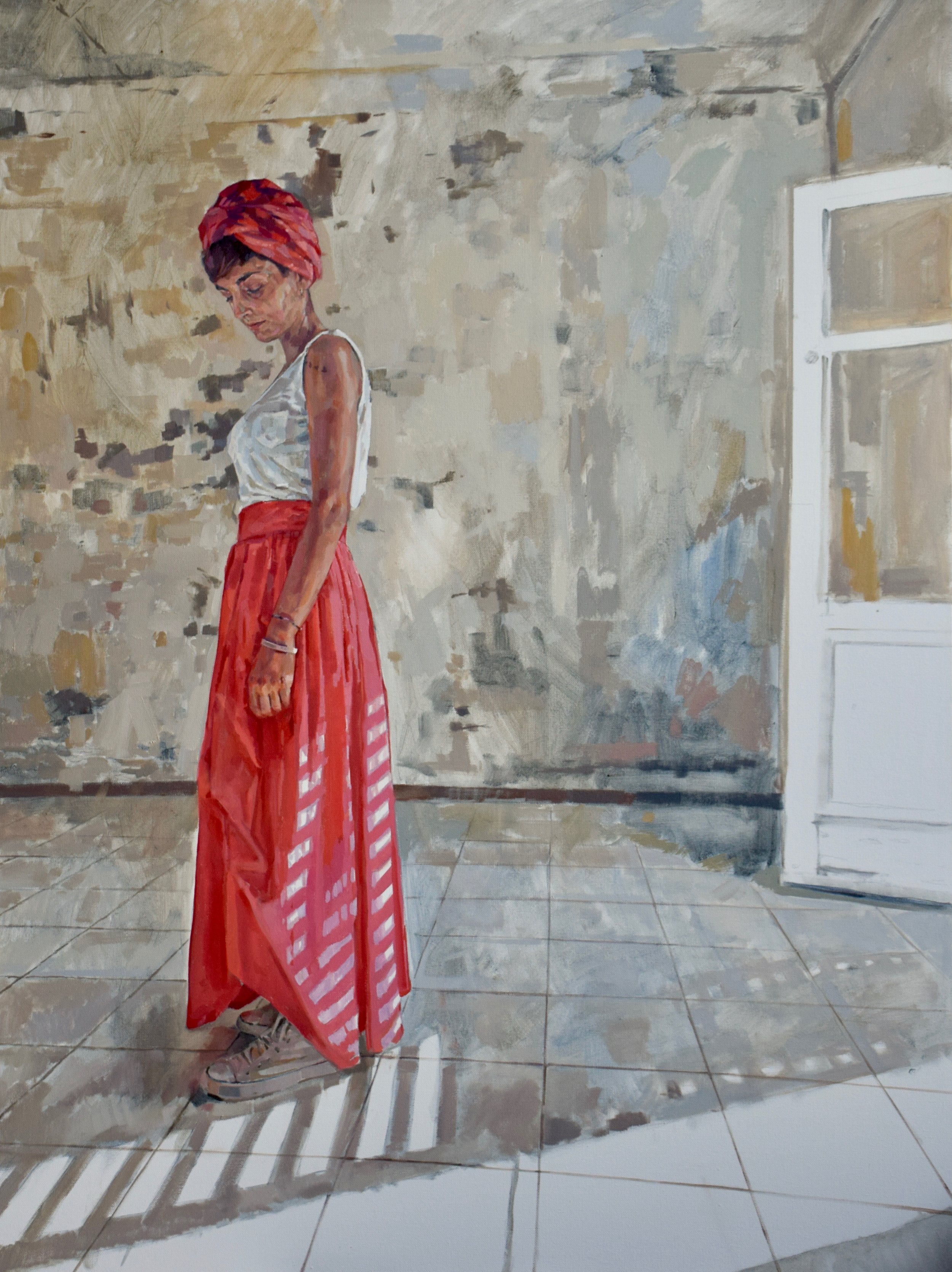For a long time I had been interested in the human body and how diverse our experiences of having one are. I had been photographing it for a while, trying to abstract it through different techniques, none of which I was very happy with. It was when I took a shot where no arms, legs or head were visible, only a cubic torso, that I felt I was really connecting with something.
Read MoreUnlike so much contemporary art, offering moralising social commentary from a safe distance, Rakowitz leverages his artistic practice to probe uncomfortable questions and incite change. . . ‘I make work at the intersection of problem solving and trouble making,’ he says lightly. These inflated, amorphous miniature homes served not only to shield their incumbents from the elements – but to draw attention from passers-by, and on occasion, the cops. In this complex process of simultaneously solving and problematising, Rakowitz isn’t afraid to get his hands dirty.
Read MoreJohan Deckmann’s artworks are really riffs: witticisms on contemporary culture and psychology in the form of faux self-help manuals. On their covers are sarky titles such as, ‘How to spend your life with the wrong persons because you are afraid to be alone’. They’re funny, but also provoke some pretty uncomfortable self-analysis. These titles appear on the covers of the books, but just the covers. He’s glued the pages teasingly shut. I suspect there’s another wry comment going on here: that we’ve become pretty facile, obsessed by the surface without any real depth…
Read MoreIn this essay, Anthony Waichulis, a celebrated Trompe L’Oeil painter and co-founder of Ani Art Academies, answers a question often put to him by his students, ‘How do you get your paintings to look so realistic?’ He answers with a question of his own: ‘What does realistic look like?’
Read MoreMary Shelley’s novel Frankenstein (1818) portrays an idealistic Dr. Frankenstein who unearths human remains to triumph over death. Paul Cristina’s collaged paintings of corpses make a distinct parallel to this fiction, pieced together and reanimated by the spirit of art while devoid of that spark of life that some would call a soul. Cristina explores the realm of the underworld like a modern Dante, giving insight into the abject reality of human existence—the finite nature of our corporeal vessels. Exhumed and resurrected, Cristina’s figures take on an eerie half-life that haunts the viewer long after they are exposed.
Read MoreWomen as subjects for admiration, representation and decoration, assume a prominent position in the art of J. Louis. Specific models seem to typify Louis’ style, lending inspiration to the artist. Their slight figures are elongated and sometimes placed horizontally within a tall, narrow format, which aesthetically enriches the composition and catches the beholder off guard. His women are often found reclining in languor, with flushed cheeks and gazes that are alternatively piercing and hazed by ecstasy.
Read MoreOpening Thursday, 5th April and running through 28th April in London, Greg Mason’s solo show of luscious oil paintings at Cass Art Islington, “After Shock”, explores the paradox of aftermath and rebuilding embedded within the paradox of his technical approach. The work in this exhibition focuses on the small town of Farindola in central Italy, which experienced a severe earthquake which, in turn, triggered an avalanche that killed twenty-nine people. In 2017, Mason resided and worked in a home damaged by the tragedy as part of an artist residency in Farindola, providing a cherished insight into the town, its inhabitants, and their altered lives.
Read MoreOctober 1921. The British poet T. S. Eliot travelled down to Margate to recuperate after suffering a nervous breakdown, buckling under the weight of his failing marriage and the pressure of completing The Waste Land (1922). He’s thought to have drafted ‘The Fire Sermon’, the third section of this work – which would come to represent one of the defining poetic compositions of the Modernist era – in a Victorian seaside shelter, an open timber structure that still stands today, overlooking Nayland Rock. Nearly a century later, an exhibition has opened in the Nayland Rock Hotel (now a Grade II listed building) assembling national and international artists, inspired by the poem and the ‘inviolable voices’ that invest its text, the myriad faces, the stories, the ‘heap of broken images’ that emerge from Eliot’s ‘unreal city’.
Read More






